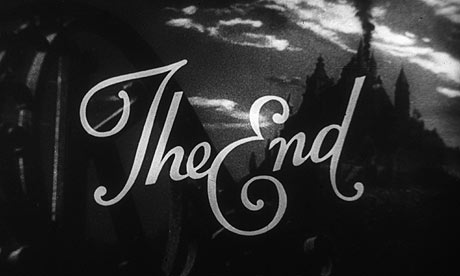What is it to conclude a paper, book or essay? How do we end a piece of research? How to say goodbye to our readers? The sixth STS Talk-Walk this academic year focused on something that is not usually discussed in research: the ‘conclusions’, ‘endings’ and ‘outlooks’ that can be found at the end of our texts.
As usual, the discussions touched on many different aspects. One focus was on different styles of concluding and how we might use them in our research. How do we want to part from our readers? Do we always need to present explicit findings? Or are there ways to conclude differently? Chandrika alerted us to Ashis Nandy’s account of an incident that took place in 1947 during the time of partition in the Indian Punjab region. In his paper The invisible holocaust and the journey as an exodus [pdf], Nandy tells the story of how Harbans Singh, son of a fanatic Sikh, took care of and married Nawab Bibi, a Muslim woman whose family had been killed by Sikhs. In 1949, however, after the bloodshed had stopped, the authorities took away Nawab Bibi. Under the official ‘repatriation’ policy, she was brought to Pakistan as a ‘displaced Muslim”. Desperate to find her, Harbans took on the name Barkat Ali and assumed a new identity as a cloth dealer in Lahore. According to a local newspaper, Barkat Ali eventually managed to trace Nawab Bibi through official records. As Nandy concludes in his account (p. 326):
The newspaper does not tell us if Barkat Ali, nee Harbans Singh, son of the feared Sikh fanatic Bhan Singh, and Nawab Bibi, the victimised Muslim woman whose whole family had died in the hands of Sikhs, lived happily ever afterwards. But frankly, I would like to believe that they do.
The story triggered further thoughts about the possibility of open endings. Some remembered experimental television programmes from the 1990s when viewers could vote with telephone calls how they would like the film to end. Others pointed out that most major movie productions actually produce alternative endings and test them with ‘representative’ audiences.
All this brought up the question of how much we can expect our readers to do in academic writing. Why do so many people feel uncomfortable when they are denied the certainty of clear and unambiguous findings? And how might this uncomfortableness be turned into something edifying and productive? What counts as a ‘strong’ conclusion, and for whom? Isn’t every conclusion also a beginning? And wouldn’t it be good to think about conclusions as moments of reflection: stepping back from the text and commenting on what it might already have achieved?
Luckily, this talk-walk had a very happy ending. When we returned to Saïd Business School, not only had the sun come out after a rather rainy day. We also had the pleasure to experience Andreas’ excellent baking skills and were invited over to his flat for coffee, tea and homemade Scandinavian Kladdkaka.
Next STS Talk-Walk: Friday, 15 April 2011. More info here.


Thanks, Malte, for using your superior knowledge of Scandinavian baked goods typologies to suggest a fitting category for my humble creation. I was not aware it had a name!